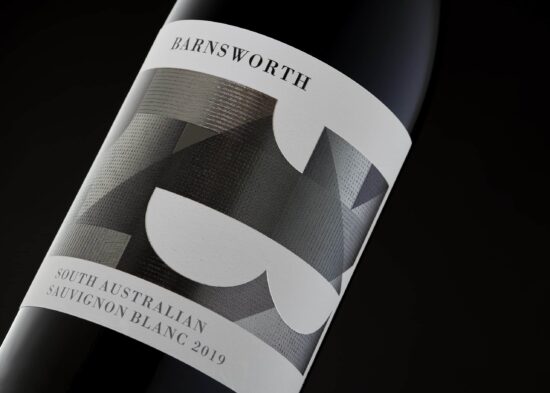Every day millions of Australians visit their local supermarkets in search of food products. And each day, millions of these products are hitting the bottom of trolleys and baskets as the aisles are scoured.
Of course, some of these products are selected as favourites – weekly staples of their grocery shops. Other products, though, are different. They’re an impulse buy, a new idea, or the result of needing a change.
One thing is for certain, though. The competition on the supermarket shelves is fierce. And while advertising, marketing, and word of mouth all play their part in a consumer’s decision-making, so does food packaging.
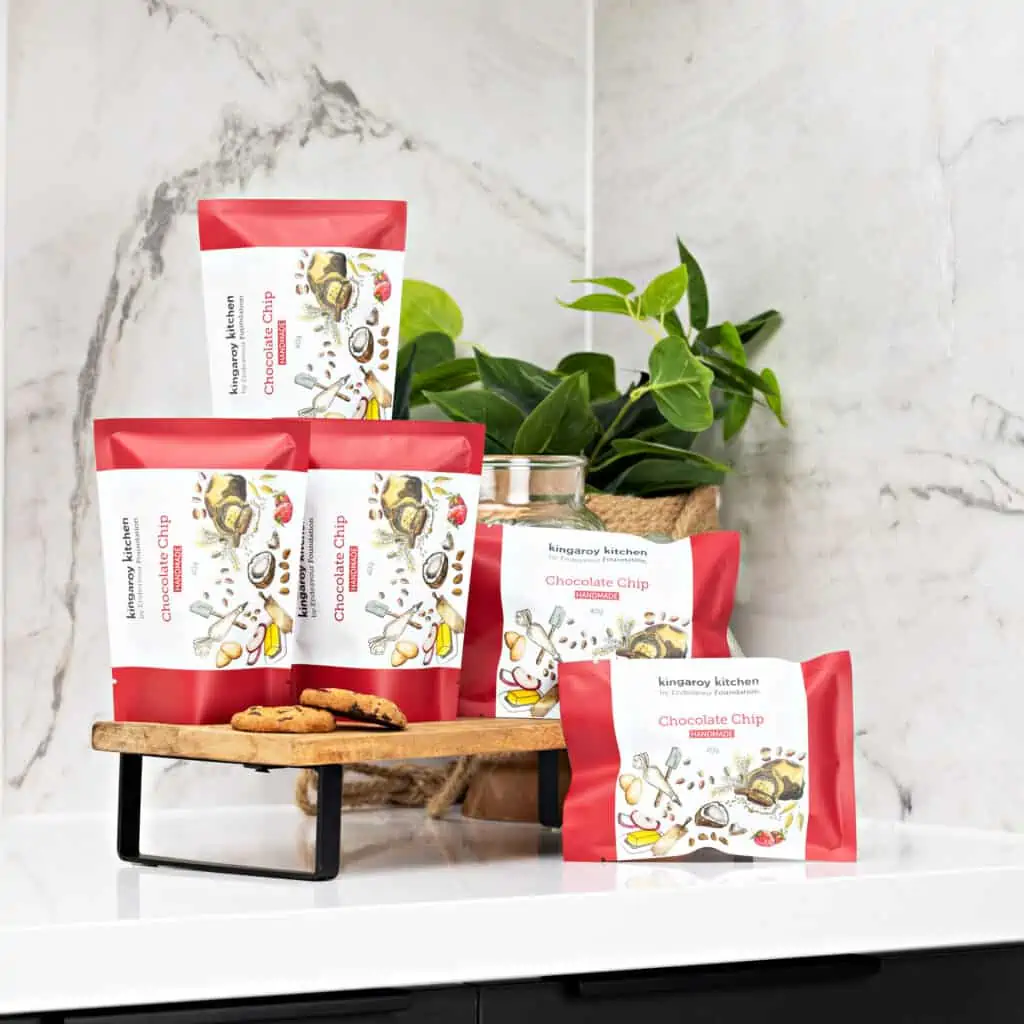
Your product’s labels and its ability to stand out on the shelf are paramount, as is creating sustainable food packaging your customers will feel good about. But another key consideration, and, perhaps the most important one, is the food labelling requirements.
We’ve produced this guide to assist you in the process of crossing your Ts and dotting your Is when it comes to food packaging.
Please note: While we have made every effort to ensure information regarding Australian food labelling regulations is correct at the time of publication, this article does not cover the various State/Territory requirements or exceptions that may apply to your situation. This is not a substitute for your own research or independent legal advice. You can obtain a copy of the Food Standards Code from Food Standards Australia New Zealand (FSANZ) at: www.foodstandards.gov.au.
What are food labels for, and why do they matter?
Food packaging and labelling have a very important role in informing consumers about their food. From the best-before date and the nutrition information panel to the ingredients and allergen details. Not to mention, what the food product actually is.
We’re taking a deep dive into food labels, their requirements, and why they matter. We’ll look at the Australian Food Standards Code, your mandatory requirements, and other food label inclusions you may want to consider.
Introducing the Australian Food Standards Code
The Food Standards Code is a set of regulations and standards developed by Food Standards Australia New Zealand (FSANZ) to ensure food safety and quality in Australia and New Zealand.
The Food Standards Code sets out the requirements for food labelling in Australia, which include the following:
- Mandatory information
- Allergen labelling
- Nutrition information
- Country of origin labelling
- Other labelling requirements
Basically, the Food Standards Code sets out a comprehensive framework for food labelling in Australia, with the aim of providing consumers with accurate and useful information about the food they buy and eat.
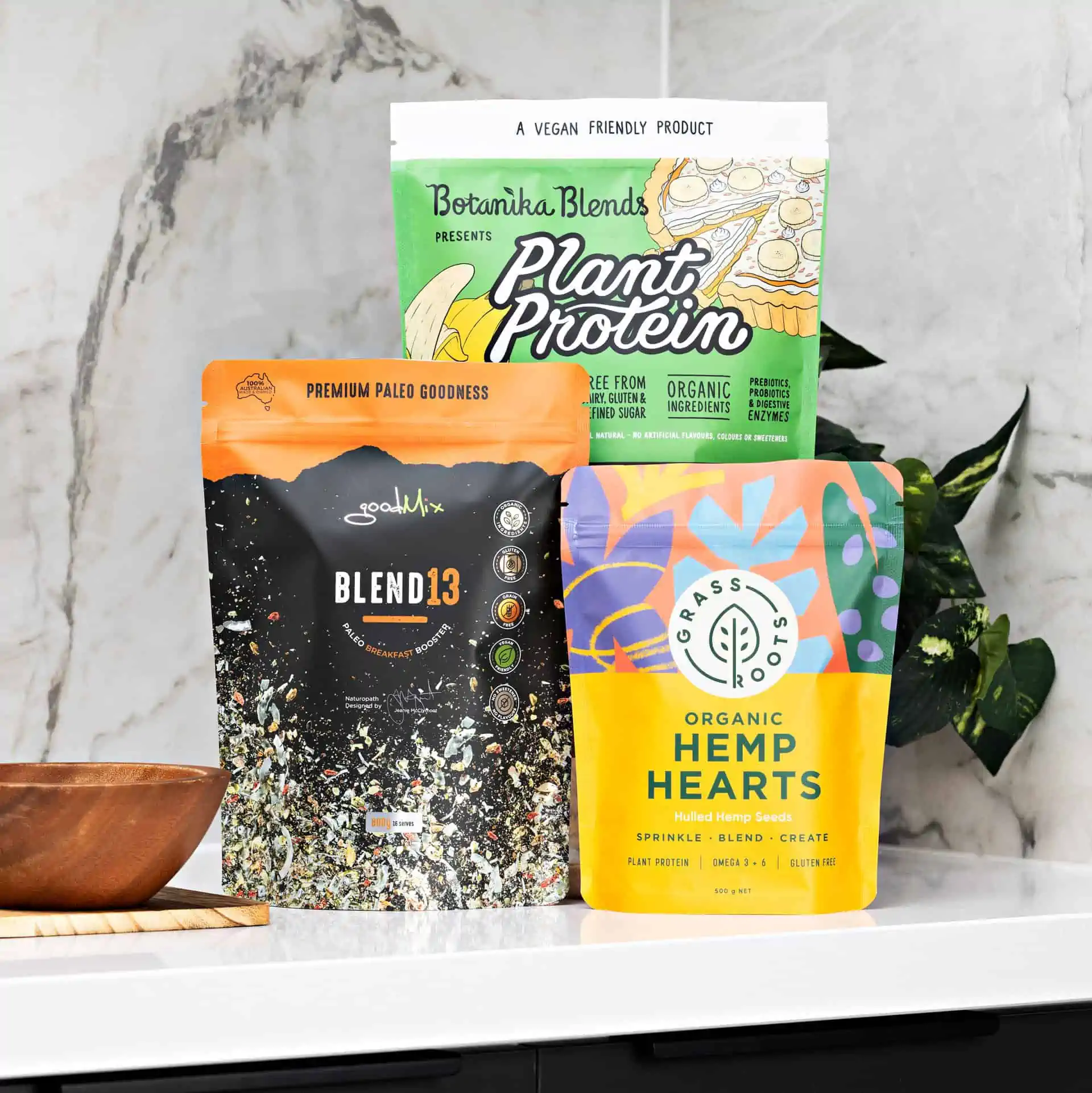
What mandatory information is required on food labels in Australia?
Of course, there is a list of mandatory requirements and must-haves for your food packaging specified by the Food Standards Code.
It’s important to note that these details must appear on your food labelling in English and with legible text.

Product name
You must include a name or description of the food in the product. This name needs to be clear enough so that the consumer can differentiate the product from other food products.
If the code specifies a prescribed name for the food you are selling, this must also be included on the label. If there is no prescribed name, then it’s important that the name describes the true nature of the product and is not misleading in any way.


Identification of the ‘lot’ number
Your packaged food label should include the ‘lot’ number. The lot number refers to the identifying number for the ‘lot’ or ‘batch’ of food. These numbers are used to identify the batch the food was manufactured in and the location of its preparation and packaging.
Alongside this detail, should be your supplier name and address.
This is used for traceability purposes. Should a food product need to be recalled for any reason, these identification numbers are designed to make the recall process quicker and easier.

List of ingredients
Your food packaging must include an ingredient list, too. This includes ingredients – any substance, including additives used in the preparation, manufacturing, or handling of the product and compound ingredients – an ingredient made up of two or more ingredients (ie. pasta or chocolate).

Allergen information
The Food Standards Code specifies that certain ingredients must be declared on food packaging. The allergen information must begin with the word “Contains”, list the ingredients in a bold font, and be separate from the ingredient list, yet in the same field of view (ie. next to it or below it).
This is designed to protect people with food allergies and help them to make safe food choices.
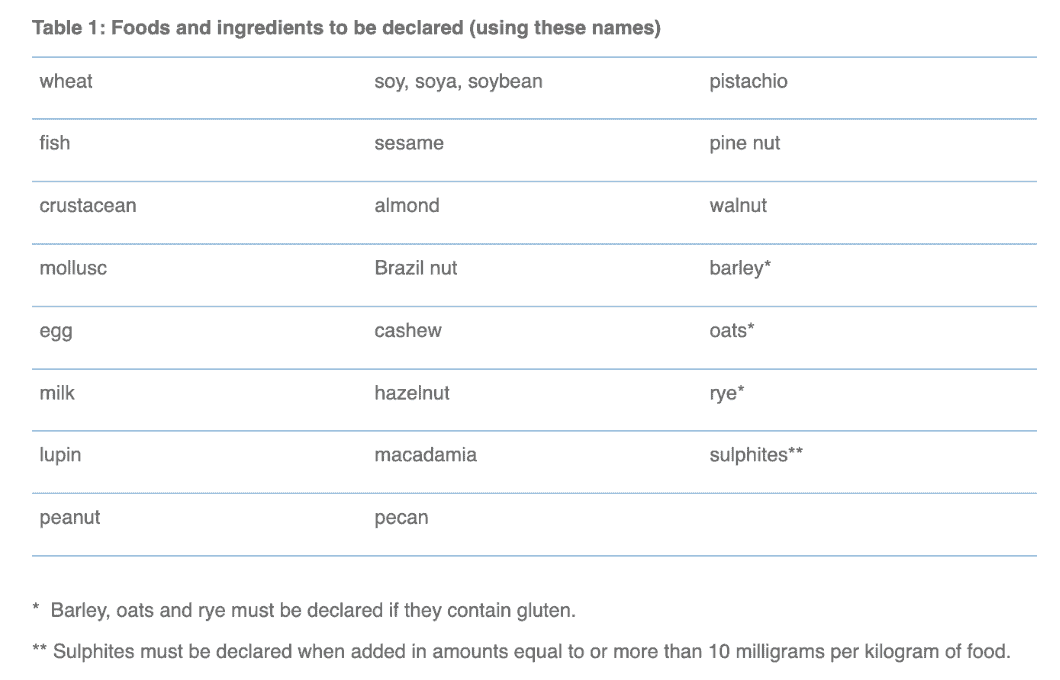

Nutrition information panel
The nutrition information panel is separate from any nutrition claims or health claims and is used to inform consumers about the number of nutrients in the food.
There is a standard format that must be followed, and you must display the average number per serve and per 100 grams (or litres if it’s a liquid product).
The nutrients that must be listed on this label include:
- energy (kilojoules or calories)
- protein
- fat
- saturated fat
- carbohydrate
- sugars
- sodium (salt)
You may also include the percentage daily intake, which specifies what percentage of the average person’s daily nutritional intake is included in the product. This detail is a voluntary inclusion, though.

Date marking
If your packaged food has a shelf-life of two years or fewer, it must contain a date mark.
This can be either a Best-Before date or a Use-By date.
Best-Before date
This means the food might still be safe for consumption, but some of the quality may be lost.
Use-By date
This means the food is unsafe to eat after the specified date. The food will also not be allowed to be sold past this date.

Country of origin
Food labels must specify the country where the food was produced or specify if the ingredients were locally sourced or imported.

Name and address of manufacturer or importer
The Food Standards Code specifies that the food packaging must include the supplier’s name along with their Australian or New Zealand address.
The term supplier includes the packer, manufacturer, vendor, or importer, and the address must be a physical address, as opposed to a PO box.

Barcodes
While barcodes are not a mandatory requirement, they are still essential if your goods are being sold online or in-store. Ultra recommends our clients purchase barcodes from GS1 Australia or Barcodes Australia. These come with both your barcode numbers and images, which you will then send to your label supplier to add to your labels.
Important: Confirm with your label supplier that they will ensure your barcodes are GS1 compliant before they print.
Voluntary inclusions to consider for your food label
Of course, your label isn’t just there to tick off the mandatory inclusions. Here are some other pieces of information that might be beneficial to include.
Nutrition claims & health claims
You can include nutrition claims or health claims on your food packaging, such as ‘low fat’ or ‘good source of calcium’. However, it’s important to note the Food Standards Code Australia New Zealand does have strict criteria you must meet to legally make these claims.
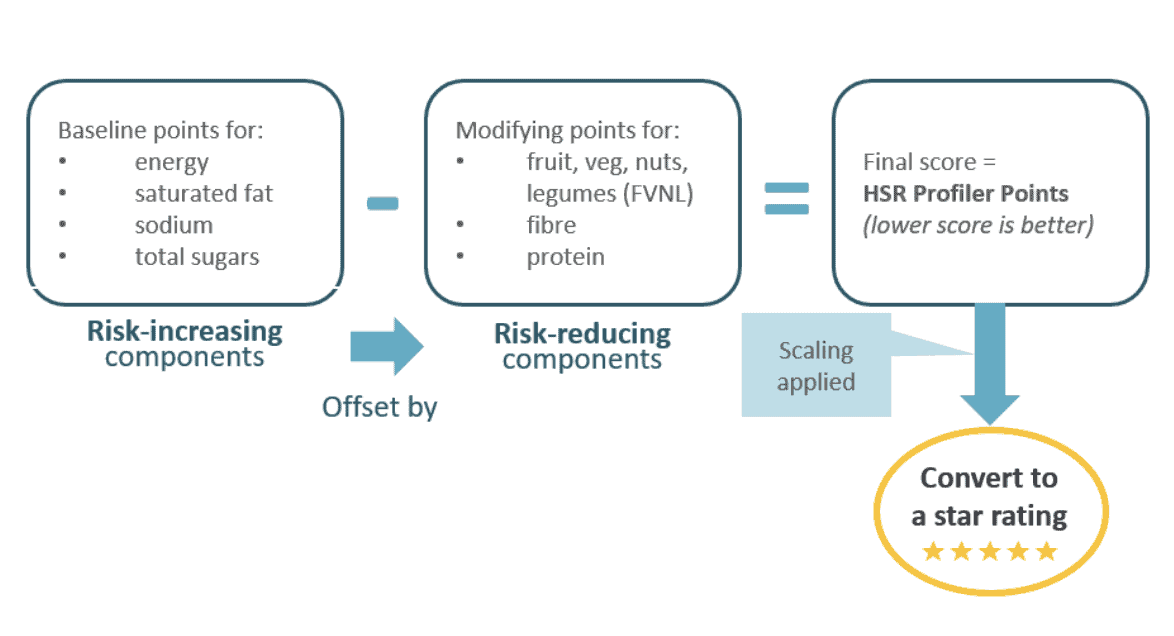
Sustainable packaging information
At Ultra, we often talk about the benefits of sustainable packaging. If you are using sustainable packaging, including this information on your label is an amazing way to increase your product’s shelf appeal.
While we’re on the topic of sustainability, be sure to use the appropriate recycling logo.
The appropriate recycling logo lets your customers know how to dispose of your bottle mindfully.
The Australasian Recycling Label program is responsible for the creation of these on-pack labels for consumers in Australia and New Zealand.
These inform consumers on how to correctly recycle their household packaging, specifying which elements of the packaging they can recycle and how. For example, the label may specify that the bottle is recyclable once the label is removed, but the cap is not.
Special cases & exemptions for food labelling in Australia
Food products in Australia don’t always require a label or all of the same mandatory inclusions. There are a few exemptions.
These types of foods generally do not require a food label:
- Food not in packaging
- Food in an inner package that is not designed for sale without its outer package (unless the individual portion packs contain certain ingredients that must be declared)
- Food made and packaged where it is sold
- Food packaged in the presence of the buyer
- Fresh fruit or vegetables (cut or whole) in packaging that allows the consumer to see the nature and quality of the produce
- Food delivered at the request of the buyer that is packaged and ready for consumption
- Food sold at a fundraising or charity event
The Food Standards Code does specify that even where foods are exempt from bearing a label, certain information about the food must be available to the consumer. This can be in written form or delivered verbally.
Have a question about your legal obligations?
The Ultra team has created this guide to help you navigate the sometimes-complex world of food packaging and labels.
While we are highly skilled printing professionals, and we do work with amazing food manufacturers all across Australia, we are not legal experts.
We strongly recommend you review all relevant legislation and seek independent legal counsel if you have any questions regarding your obligations for food labelling and packaging.
Ready to print your food labels?
The competition amongst both small and large food manufacturers here in Australia is growing every day, and so are brands and their commitment to creating marketable food packaging.
You need a premium, custom labelling solution that won’t only communicate the quality of your brand and the products you create, but will elevate your brand and put your product front and centre.
Not only do we have a range of state-of-the-art digital printing facilities and a knack for creating stunning custom food labels, but we also have a team of experts. Chat with us today and get started on your way to high-quality custom food labels.
Let our experts work with you throughout the printing process and help you find the perfect labelling solution.

